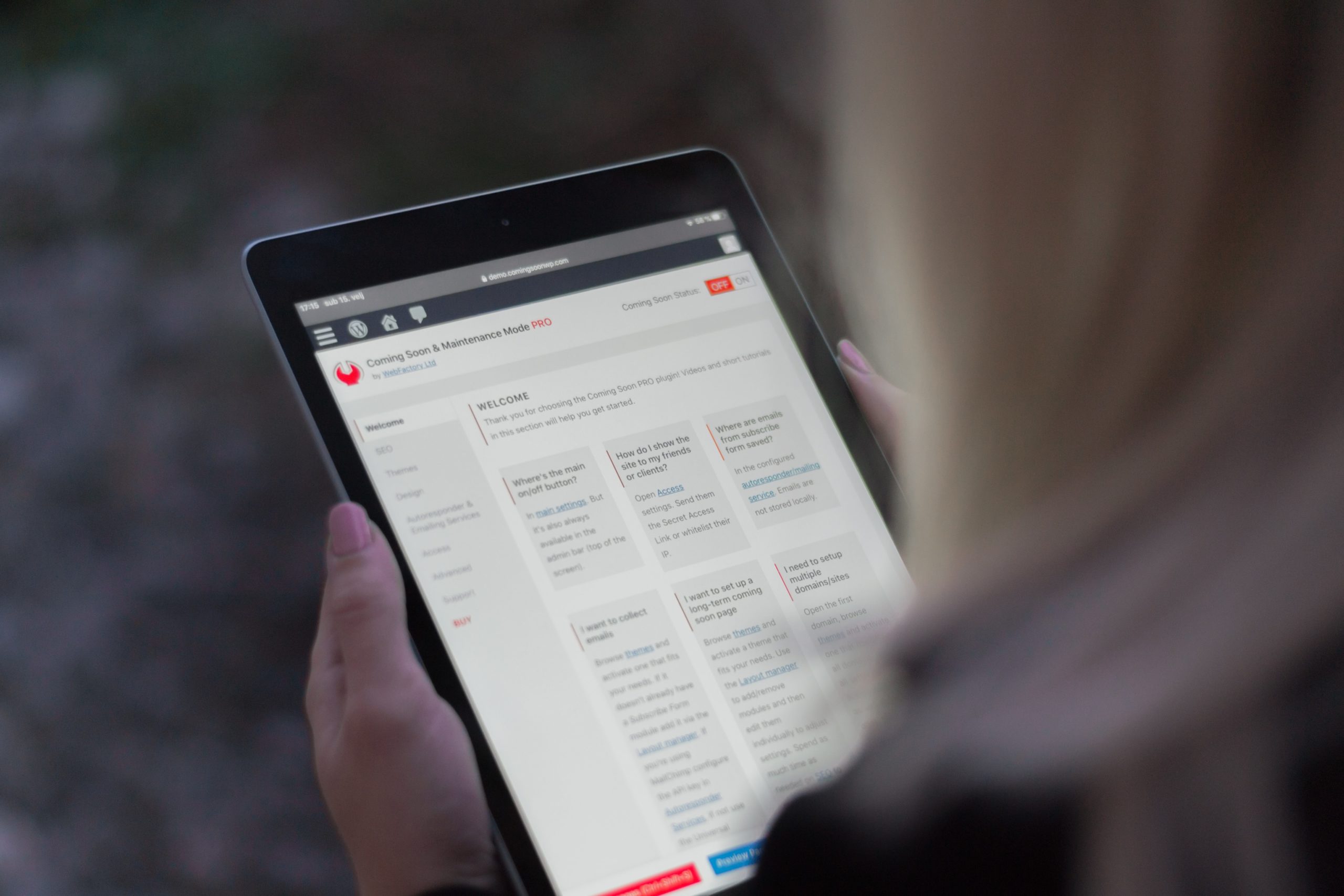Personalization, personalization, personalization.
This is all the training gurus can talk about. That’s all very well, but how can you achieve it? How can you create a personalized course as close as possible to learners’ real needs? How can you satisfy them with regard to the content and purpose of their learning?
One way is by getting to know them. Knowing your learners will naturally enable you to better meet their expectations.
Don’t know where to start? What questions to ask? Don’t panic, here is our plan to help you better understand your audience.
Conduct a survey in advance
A key time for finding out about your trainees is in advance. Before the course itself and even before you design it. This will guide you in your approach, your goals and your audience.
You can compile the answers from one session to the next. The more information you add about your learners, the more you will be able to offer a suitable format and content. Don’t hesitate to automate these questionnaires before the sessions (in an automatic email, for example) to obtain the maximum amount of qualified data.
Question your learners about their appetite for technology
| Your questions | Will guide you to |
| Are they at ease with digital tools? | Design their learning environment and know if you can add cutting-edge technology (Virtual Reality etc.) |
| Do they have a smartphone? Are they going to use it for e-learning? | Adapt your design to their screen. |
| Do they have access to a fibre optic or 4G/5G network? | Know if you can use media that take up only a little or a lot of bandwidth (text versus video). |
| Can they watch videos with sound? | Add subtitles to your videos or not. |
| Do they have favourite networks? | If you leave your platform, you already know the networks to focus on or avoid. Especially as part of a social learning strategy. |
Ask them about their relationship to training
| Your questions | Will guide you to |
| When was their last training? | Adapt your presentation and hone your methods, where necessary. |
| Do they regularly follow training courses | Distinguish between those who are used to the format and those who will need help in sticking with the project. |
| Are they able to self-assess? | Include self-tests more or less regularly throughout the e-learning course. |
| Are they more independent or group-oriented? | Create exercises according to the profiles that emerge. |
| Are they going to be learning alone or in a group? | Develop activities encouraging interaction with colleagues or not, and focus your practical cases on issues affecting the whole group or on more general scenarios. |
| Have they had any negative experiences with e-learning? | Note any points of friction and remove any obstacles. |
| Do they have time to devote to the training? | Know whether you are dealing with motivated learners who will train themselves proactively and gauge the duration of each module.. |
Ask them why they are interested in the course
| Your questions | Will guide you to | What level of skills do they possess prior to the course? | Know the different or similar levels of the group members and what gaps need to be filled. |
| How do they plan to use what they learn? | Have their goals in mind in order to create content that really helps them to succeed. Design theory workshops and simulation exercises in keeping with their application. |
| In how much time? | Guide you in adapting the length of the course and to how concrete you make it. |
| What feedback do they need and by what means? | Adapt the means to the profiles to choose the best materials and add value to your course. |
| What are their obstacles? | List the reasons preventing them from starting or completing an e-learning course and offering ad hoc responses like flexible hours and an interactive course. |
Detect modes of thought
Do you want to take it further? Combine these basic questions with another list: the profiles. At the start of the session, you will be able to classify your trainees according to their way of learning in order to offer content and formats really adapted to how they assimilate information. We have selected the HBDI method, also called the Hermann Brain Dominance Instrument, as it provides a concrete way of reading behaviour and is therefore easy to apply. Popular in Human Resources and widely used now for a number of years, it looks at our motivations and reactions under pressure.
The analytical way of thinking
The trainee has a very factual profile, employing logic and critical thought and reacting to quantitative information.
Their behaviour: they are precise and detailed in their understanding and restitution of information. This profile compiles facts and figures and analyses and resolves problems in a logical manner.
The sequential way of thinking
This trainee is fairly close to their neighbour and is very structured. They like details and planning, making them rather prudent.
Their behaviour: they interpret events from a practical point of view, think in terms of planning and identify the faults. Their biggest strength: they follow things through to conclusion.
The interpersonal way of thinking
This is our emotional profile! Sensitive and kinaesthetic, they react to emotions and to all things spiritual.
Their behaviour: they are able to read and understand other people and anticipate their reactions. They pick up on non-verbal communications and create cohesion within a group. They share and advise a great deal.
The imaginative way of thinking.
This learner experiences events in an intuitive, holistic and conceptual way. They consider the group rather than the individual.
Their behaviour: they easily integrate ideas, invent new solutions, can integrate several parameters simultaneously and tolerate ambiguity. They sense movement within the group and have a very global view of the subject.
Instead of psychological or complementary profiles, you can compile a table of technological profiles. Focus on their relationship to the tool they use to take part in the e-learning: are they static and a bit lost? Are they clicking all over the place? Do they need clear buttons or have they grasped the tool intuitively? This will enable you to identify the design and features to deploy to offer them the best possible experience.












